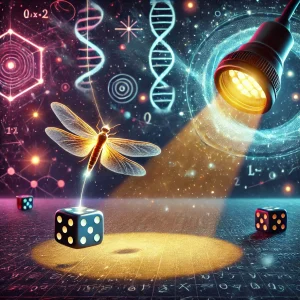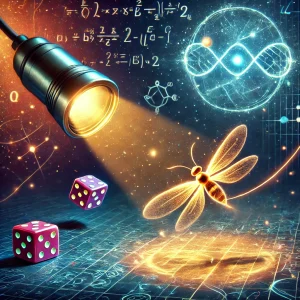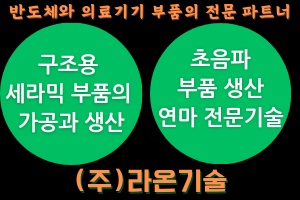Quantum mechanics often carries a reputation for being one of the most perplexing subjects in science, clouded in abstract mathematics and paradoxical phenomena that boggle the mind. For many, just the mention of words like “wave-particle duality” or “Schrödinger’s cat” can induce headaches. But what if we told you that this intriguing field can be both understandable and enjoyable? Welcome to “Quantum Mechanics Made Easy: Unveiling Mysteries with Joy,” where we simplify the unseen and invite you to embark on a delightful journey through the quantum world.

Dive into Quantum Wonders: Simplifying the Unseen!
Imagine peeking into a world where particles can exist in multiple places at once, and objects don’t follow the straightforward rules of classical physics. This is the realm of quantum mechanics, where the rules are different but not impossible to grasp. To begin with, let’s demystify the concept of wave-particle duality. In the quantum world, particles like electrons exhibit characteristics of both particles and waves. Think of it as having the flexibility to adapt to different roles—like an actor shifting between comedy and drama. By understanding this duality, we open ourselves to the foundational principles that govern the microcosm.
Another cornerstone of quantum mechanics is the Heisenberg Uncertainty Principle, which essentially states that we cannot simultaneously know both the position and momentum of a particle with perfect precision. This isn’t because of any measurement limitations but is instead a fundamental property of the universe. Imagine trying to pin down the exact location and speed of a firefly in a dark room; the more precisely you try to illuminate its position, the more its speed becomes uncertain and vice versa. This principle teaches us that uncertainty is a natural part of the quantum fabric, encouraging us to embrace the unknown.
Now, let’s touch on quantum entanglement, one of the most enchanting phenomena in quantum mechanics. When two particles become entangled, their states are interconnected no matter how far apart they are. It’s like having a pair of magical dice that always land on matching numbers, even if one is on earth and the other is on the moon! Albert Einstein famously called this “spooky action at a distance,” but in reality, it’s a testament to the profound interconnectedness of the quantum world. By simplifying these complex ideas, we can appreciate the beauty and wonder that quantum mechanics unveils.

Joyful Journeys Through the Quantum World Explained
Let’s embark on a joyful journey to understand Schrödinger’s cat, one of the most thought-provoking thought experiments in quantum mechanics. Picture this: a cat is placed inside a sealed box with a tiny amount of radioactive substance, a Geiger counter, and a vial of poison. According to quantum theory, until we open the box to observe, the cat exists in a state of being both dead and alive! This paradox isn’t meant to be taken literally but serves to illustrate the concept of superposition—the idea that particles can exist in multiple states simultaneously until measured. By turning this complex notion into a playful scenario, we can begin to grasp the whimsical essence of quantum mechanics.
Next, let’s talk about quantum tunneling, another marvel of the quantum world. Imagine being at a party, but there’s a wall blocking your way to the dance floor. In the classical world, you’d need to find a door or climb over the wall. However, in the quantum world, particles can “tunnel” through barriers, appearing on the other side without having to climb over! This phenomenon is crucial in many technologies, such as semiconductors and even the sun’s ability to shine. Understanding quantum tunneling helps us appreciate how quantum mechanics isn’t just theoretical but has practical implications that shape our everyday lives.
Finally, let’s sprinkle some joy on the concept of quantum computing. Traditional computers process bits of information in binary form—either 0 or 1. Quantum computers, on the other hand, use quantum bits, or qubits, which can exist in multiple states simultaneously thanks to superposition. This allows them to perform complex calculations at unprecedented speeds. Imagine a super-fast chef who can cook multiple dishes at once, rather than one at a time. Quantum computing has the potential to revolutionize fields like cryptography, medicine, and beyond. By grasping these fun analogies, we transform quantum mechanics from a daunting enigma into an exciting adventure.
Quantum mechanics, with all its paradoxes and peculiarities, is more than just a challenging academic discipline—it is a gateway to understanding the fundamental nature of reality. By simplifying its core concepts and embracing the playful aspects of quantum phenomena, we can reveal the joy and wonder that lies at the heart of this extraordinary field. So, let’s continue to explore the quantum world with curiosity and delight, appreciating that even the smallest particles hold the keys to some of the universe’s greatest mysteries.








